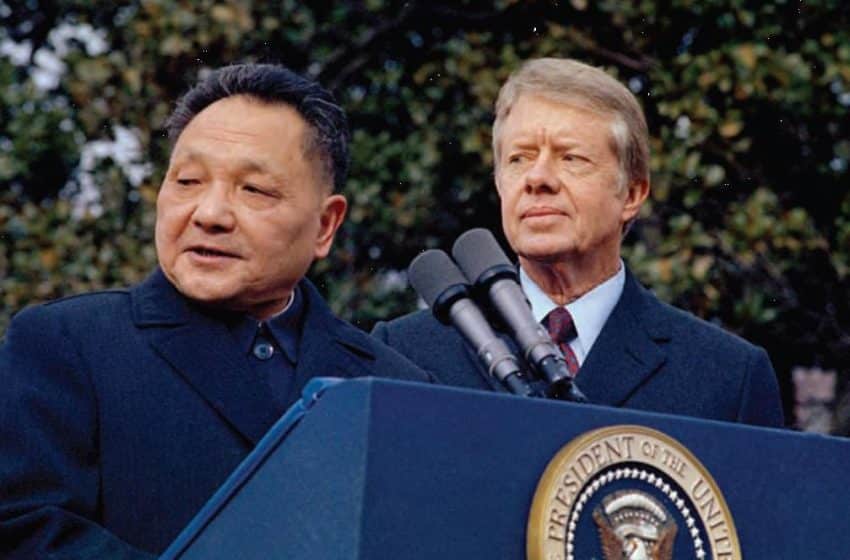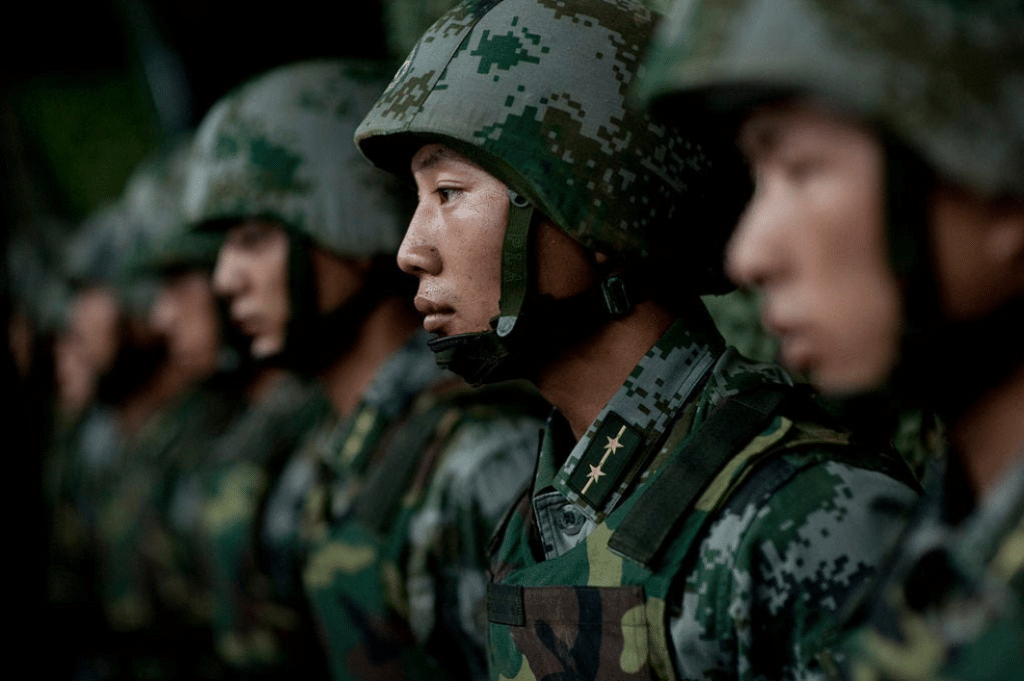The U.S. and China Reach a Phase One Trade Deal- What’s Next?
Photo by Susan Walsh/AP
Rob La Terza
After weeks of suspense, on December 13 the U.S. and China announced that the world’s two largest economies had reached a phase one trade deal. Under the deal, the U.S. will not enact the tariffs that had been previously scheduled to take effect on December 15 and will roll back other tariffs. According to the U.S. Trade Representative, the U.S. will halve its tariffs on $120 billion of Chinese goods—decreasing the tariff from 15% to 7.5%. However, the 25% tariffs currently imposed on $250 billion of Chinese products will continue. In exchange, China has promised to increase its purchases of American wheat and corn. President Trump tweeted that in addition to agricultural purchases, China had promised “many structural changes” and purchases of “Energy, and Manufactured Goods, plus much more.” Chinese officials added, “the deal will provide more protection for foreign companies in China, and Chinese companies in the United States.
The Office of the U.S. Trade Representative provided a more detailed overview of the deal, calling it “historic and enforceable,” and stating that it “requires structural reforms and other changes to China’s economic and trade regime in the areas of intellectual property, technology transfer, agriculture, financial services, and currency and foreign exchange.” U.S. Trade Representative Robert Lighthizer stated that China would buy $32 billion in U.S. farm products over the next two years, and that Beijing had agreed to add an additional $5 billion per year if possible. In all sectors, Lighthizer said China had pledged to buy over $200 billion in U.S. products and services over the next two years. On the China side, deputy director of the office of the Central Commission for Financial and Economic Affairs Liao Min stated that China will “consider not introducing tariffs on U.S. products scheduled for Sunday.” Vice Commerce Minister Wang Shouwen, who announced the deal, said that the U.S. and China have had “in-depth discussions about intellectual property protection,” specifically in the pharmaceutical and e-commerce counterfeiting spheres. Wang did not cite a specific provision of the agreement on intellectual property protection.
Analysts consulted by the South China Morning Post appeared unimpressed by the agreement, with former U.S. trade negotiator and senior fellow at the Hinrich Foundation Stephen Olson calling the phase one deal “noteworthy for both its modesty and for how long it took to achieve.” Tai Hui, chief Asia market strategist at JP Morgan Asset Management, stated the issues agreed upon in the phase one deal were “some of the lowest hanging fruits in the negotiation, and some of which would have been discussed earlier in the year,” adding, “The future stages of negotiation is going to be much more challenging when it starts to involve China’s industrial policy and technological development.” Some analysts have suggested that the phase one deal may benefit China more than it does the U.S., with economics professor John Gong of the University of International Business and Economics saying it would “relieve pressure on China’s economic slowdown.”
The phase one deal is a positive development in U.S.-China trade relations but is neither a comprehensive trade agreement or a solution to future trade disputes. White House economic adviser Larry Kudlow did not rule out future tariff escalations, and instead stated “No question, there could be tariff actions taken as an enforcement tool,” if China fails to meet its obligations under the deal. According to Lighthizer, the phase one deal will not be signed until the first week of January, and even then the trade conflict will continue with the U.S.’ 25% tariffs on $250 billion worth of Chinese products. Additionally, Beijing had protested and promised to retaliate against the U.S. for its recent Hong Kong Human Rights and Democracy law, and the passage of the UIGHUR Act in the U.S. House of Representatives. These ongoing disputes will complicate future negotiations to lift the remaining tariffs and resolve the U.S.’ longstanding concerns over Chinese practices the U.S. perceives as contrary to the principles of fair and open competition. A more comprehensive phase two deal will probably not be reached soon. Nevertheless, for now each side has a deal they can point to and claim victory. President Trump has gained a feather in his cap as he approaches reelection, and President Xi has averted further harm to the Chinese economy. More importantly, the global economy can breathe a sigh of relief as further escalation of the trade conflict has been at least temporarily delayed. Both sides should treat this as a victory but should remember that there is far more that must be accomplished.
Rob La Terza is an intern in The Carter Center’s China Program. The views expressed in this article are those of the author and do not necessarily reflect those of The Carter Center.








